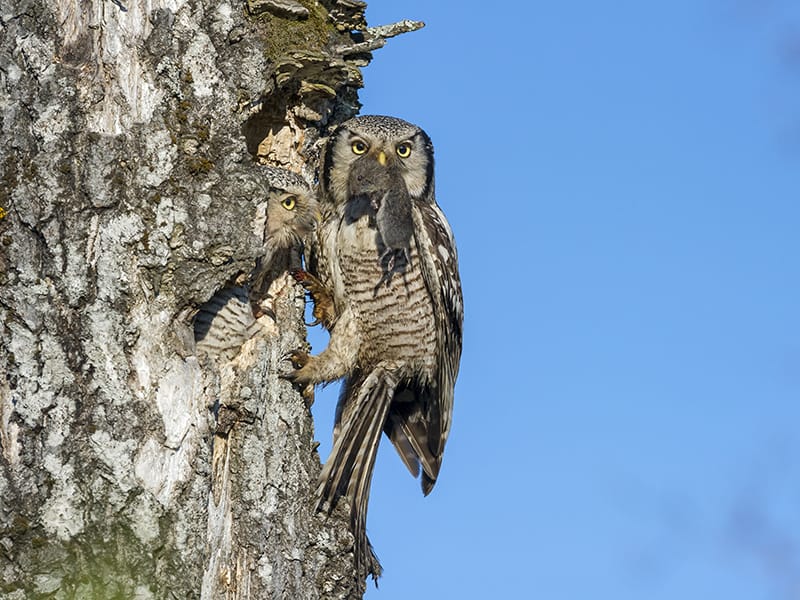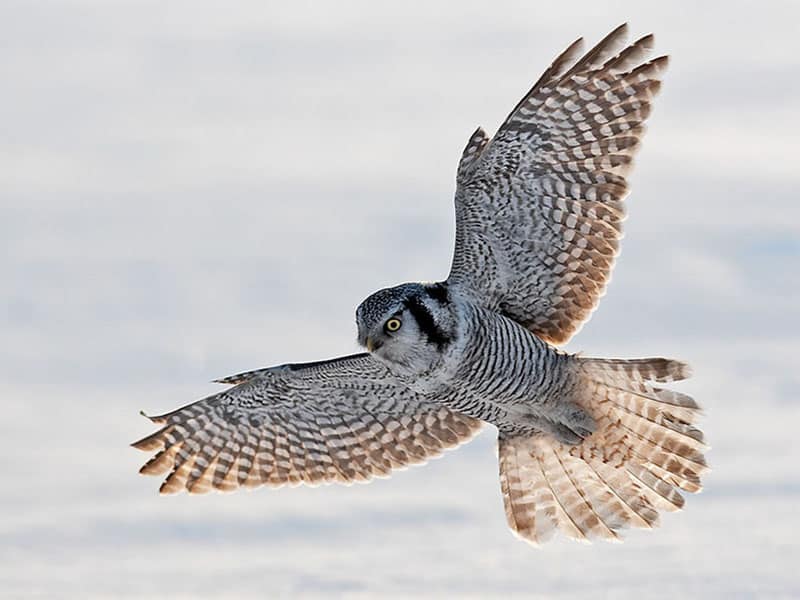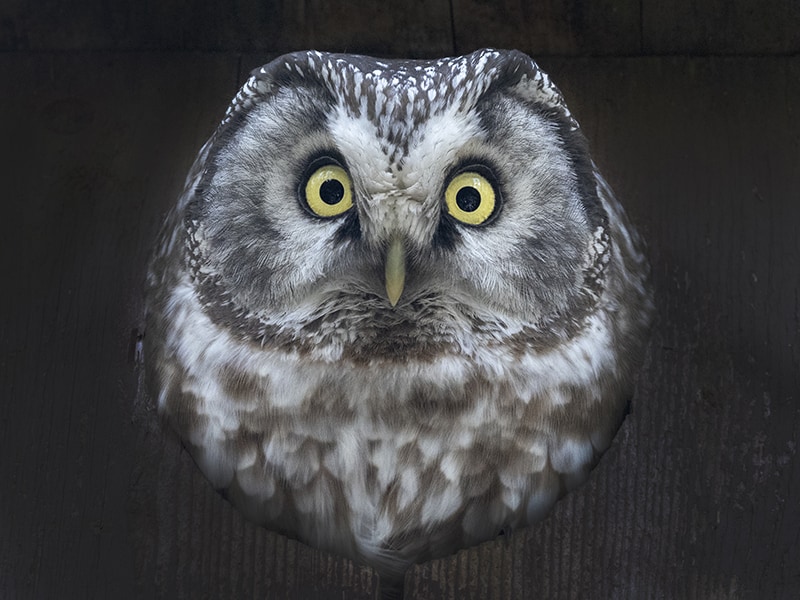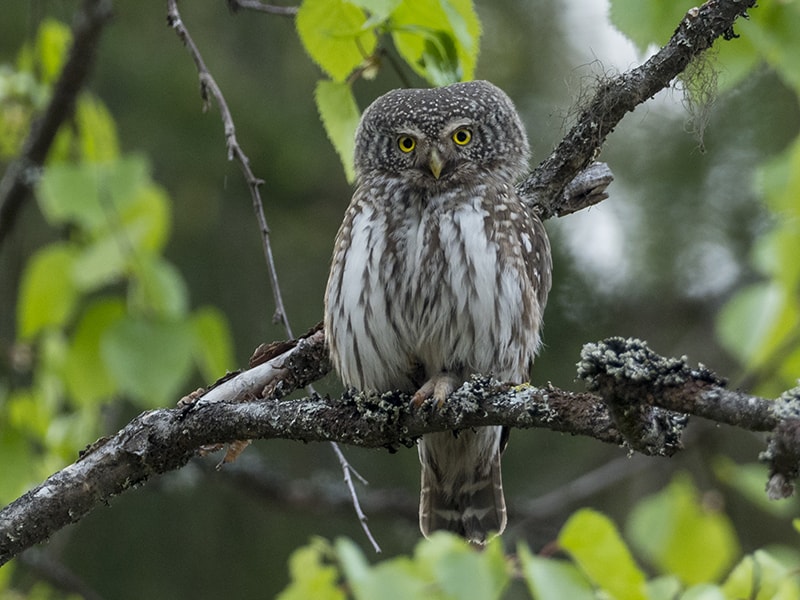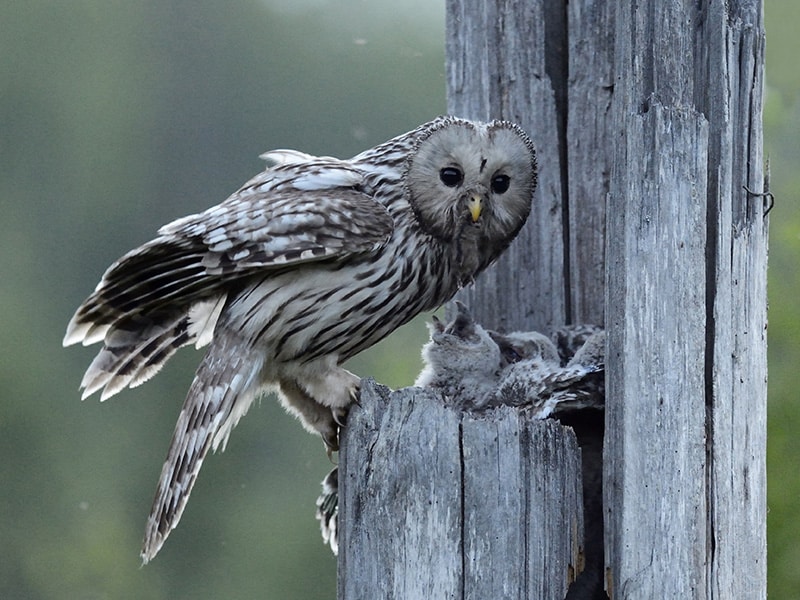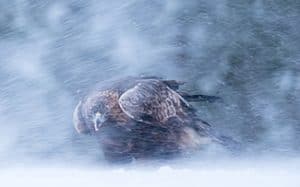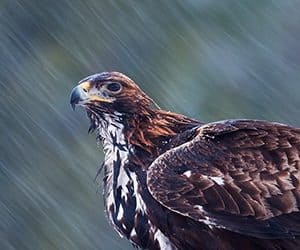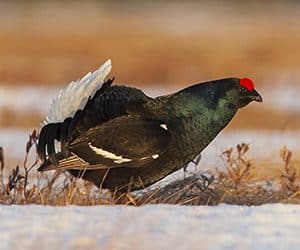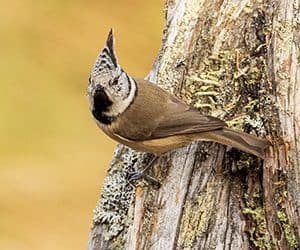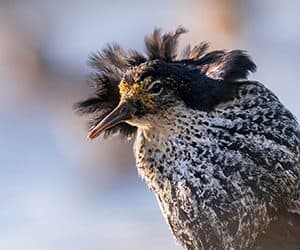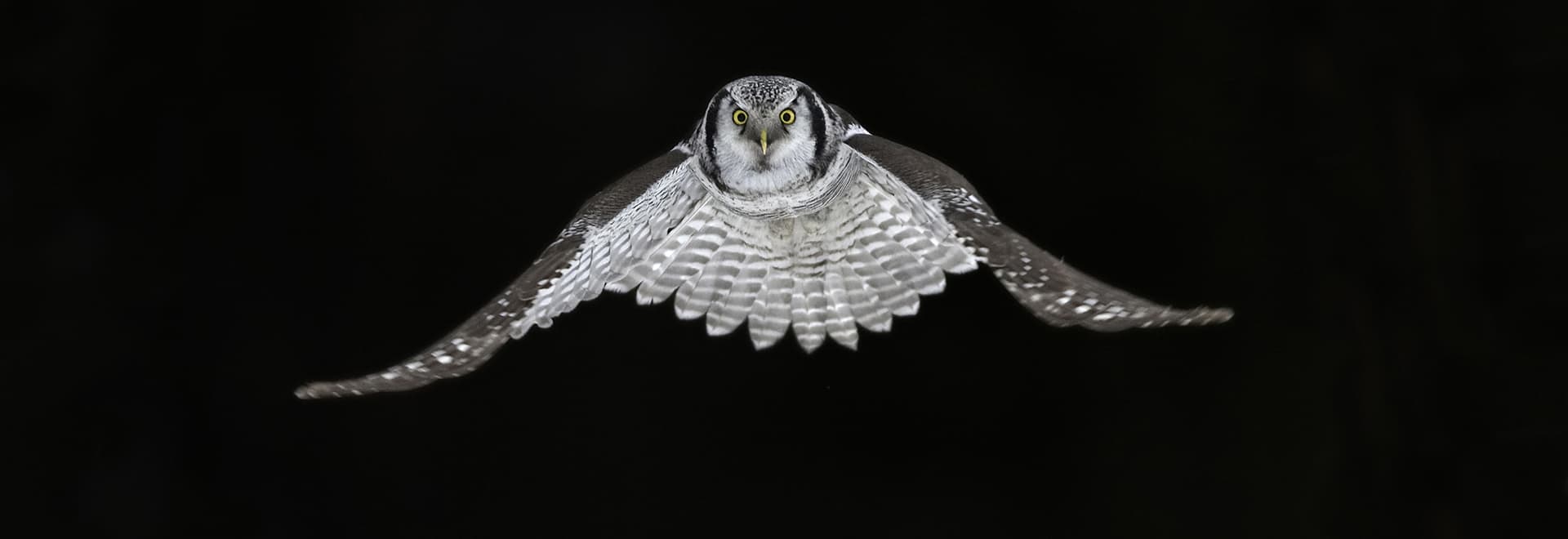
Enigmatic birds that fascinate every photographer
Owls are attractive and inspiring photography subjects with their gestures and facial expressions. And Finland certainly is the place to photograph them – in a good year, there can be up to 10 different Owl species breeding!
Amazing variety of Owls
Within Finnature’s range, vast Taiga forests, meadows and fields are home to eight species of northern Owls: Eagle Owl is the largest, Great Grey Owl the most special, Hawk Owl the most nomadic, Ural Owl the most secretive, Boreal Owl the most common yet rarely seen, Pygmy Owl the fiercest despite its tiny size, and Short-eared and Long-eared Owls similar in habits. Snowy Owls, as handsome as they are, are extremely rare winter visitors and even rarer breeders in Finland, and Tawny Owl is more southern species and does not breed in Oulu or Kuusamo areas.
Amazing variety as it is, ways to photograph different Owls vary largely. The most important factor that affects photography opportunities is the food situation in nature. Voles and other small rodents are the main prey for Owls, and vole populations vary both between years and geographically. For example, pure vole specialists such as Great Grey Owl and Hawk Owl, will not breed unless there is enough food in the area. Rather, they might migrate to another area after food.
We at Finnature are specialized in finding Owls and have the best knowledge on where and when to photograph them. During winter months (Feb-April), we can often find Owls hunting in open fields during daytime, and they can be extremely photogenic. May and June are the best months to photograph breeding Owls in Oulu and Kuusamo areas – if they are breeding.
See photos of northern Owls at our Flickr gallery for Owls of Finland.
Finnature announces Owl photography opportunities only on short notice
Owl densities are very sensitive to food situation in nature. Their main prey are voles whose populations fluctuate in cycles between years and locations. Before inviting photographers, we always search for the best Owl photography opportunities and make sure that Owls are photographable, considering both their individual behavior as well as the setting and environment for photography.
We announce Owl photography opportunities via our newsletter and at our Facebook site and on our Instagram account– we invite you to follow our Facebook site / Instagram account and subscribe to our newsletter to stay updated.
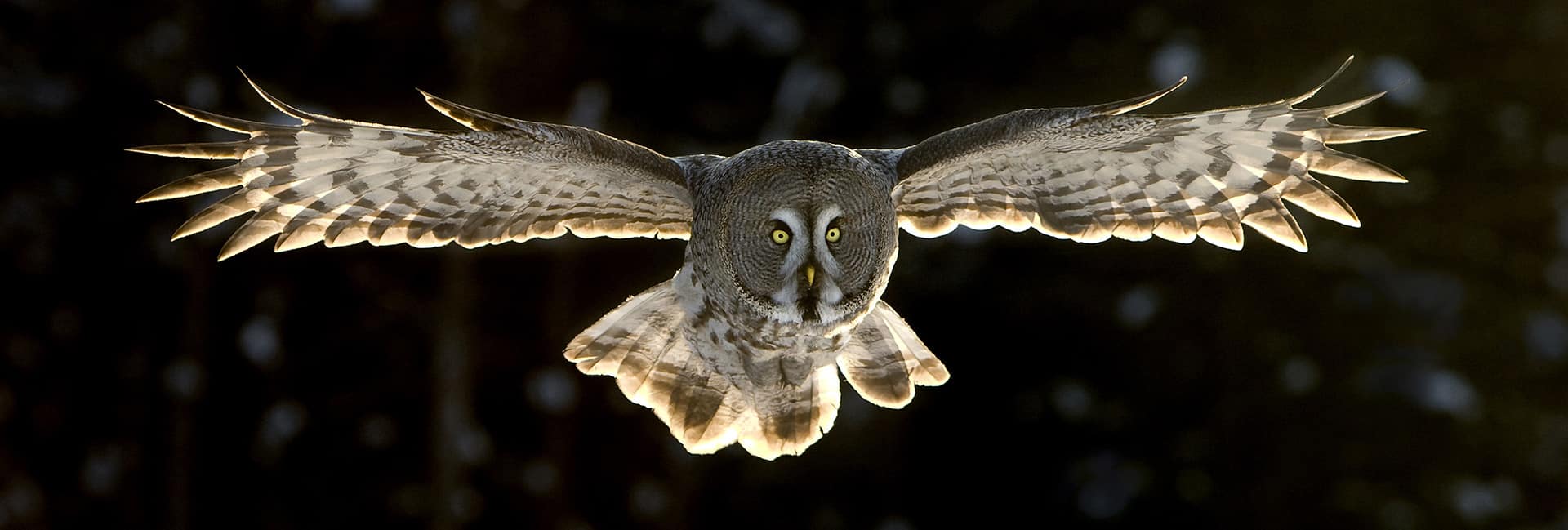
Great Grey Owl
Despite their large size, Great Grey Owls are not easy to find. Even though Great Grey Owls are almost as big as Eagle Owls, they are really only balls of feathers and have a good coloration to blend into their northern environment. They are very light in weight and can fly silently through the air.
Great Grey Owls are pure vole specialists – they breed only when there is a sufficient supply of voles in the area. This means that their breeding differs between years and locations. We at Finnature have built numerous artificial stick nests for Great Grey Owls and help them to find breeding sites in Finland’s harvested forests in this way. We check old nests and look for new territories every year in early May, and we know about the breeding situation of that year only after this.
In some winters, Great Grey Owls can be found hunting in open areas during daytime. This usually means that they struggle to find enough food, either because of shortage of voles, or because the snow cover has frozen so hard that it is difficult for them to strike through it. Those winters Great Grey Owls can be extremely photographable.
Finnature announces Great Grey Owl photography opportunities only on short notice. Winter Owls can be usually photographed during February to April, while May and June are the best months to photograph breeding Owls. In some years, we can offer hide photography at Great Grey Owl nest sites.
Hawk Owl
Northern Hawk Owls are true nomads of the north – they wander after their prey through wide areas across their circumpolar range in the north. Like Great Grey Owls, Hawk Owls are also pure vole specialists and breed only with enough of voles in the surroundings. Hawk Owls are hawk-like both in appearance and in behavior: they often hunt by day and have long tail and pointy wings. Also, they like to perch a top of prominent trees scanning for their prey. This makes them easier to find than many other Owls.
Finnature announces Hawk Owl photography opportunities only on short notice. Depending on their food, Hawk Owls can be photographed in winter months from February to April and during breeding season in May and June. During breeding season, they stay on fairly small territories yet they can be very secretive. In some years, we can offer hide photography at Hawk Owl nest sites.
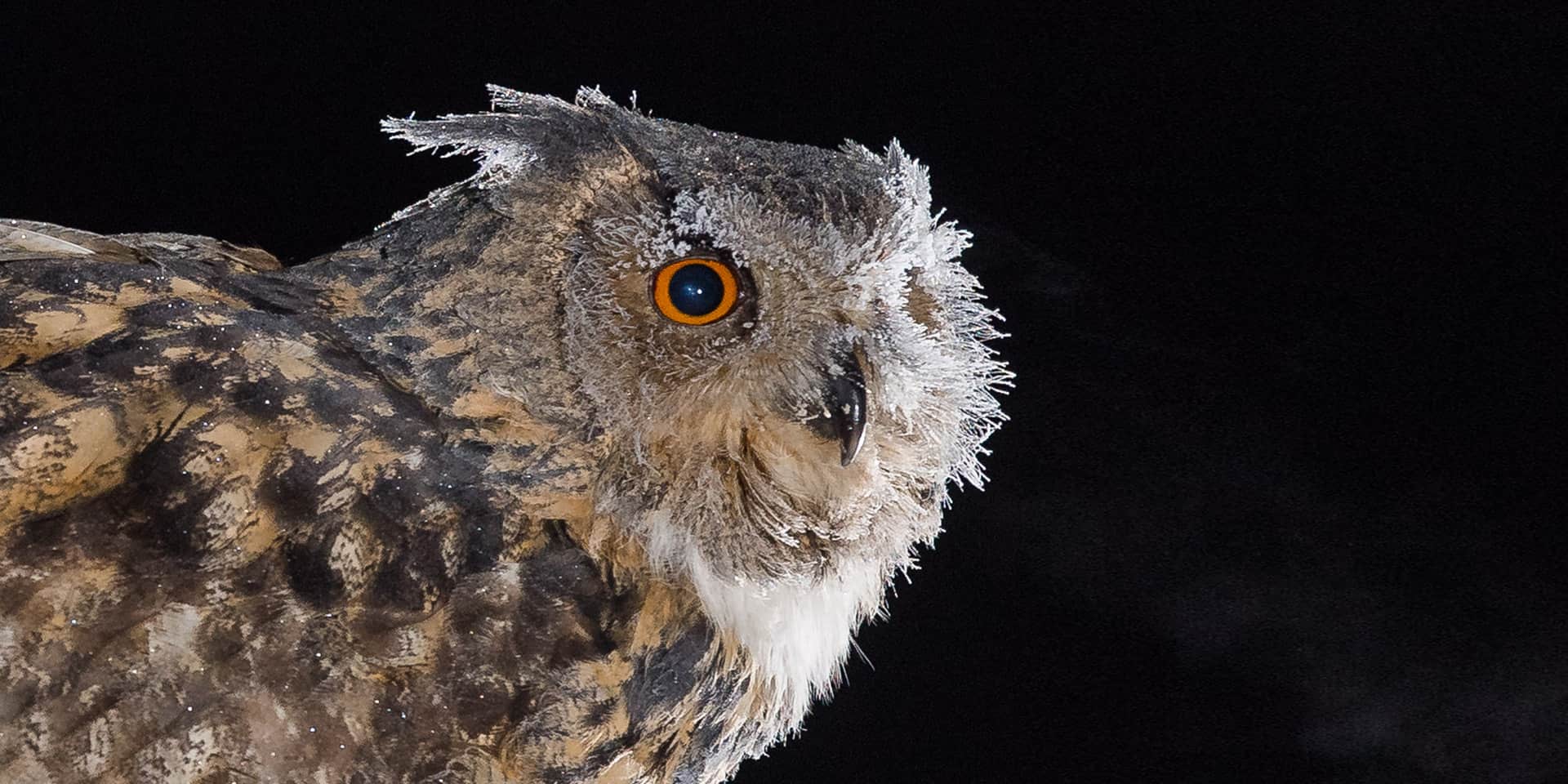
Eagle Owl
Eurasian Eagle Owl is the biggest Owl of Europe. It is a powerful bird and characterized by its large size, prominent ear tufts and large orange eyes. Like all Owls, Eagle Owl’s eyes are set forward which greatly enhances depth perception but doesn’t allow the Owls to rotate their eyes at all. Owls therefore have particularly flexible necks and can rotate their heads 270 degrees either way!
Eagle Owls have been regular visitors at Finnature’s forest feeder near Oulu since 2015. A resident pair visits the feeder almost every night during August to June when we keep the feeder going. We have set up a led lights to photograph Eagle Owls during the night.
See more photos of Eagle Owl photography possibilities at our Flickr gallery for forest feeder hides.
Boreal Owl
Boreal Owl, or Tengmalm’s Owl, is the most common Owl in Finland. Yet, they are almost the rarest to be seen. This is a result of Boreal Owls’ purely nocturnal habits and the fact that they live in dense forests. These mysterious Owls are very vocal during the hooting season in February-April. To listen their calls in a silent winter night is a striking experience.
Best chances for Boreal Owl photography are in the breeding season in May and June. Finnature sets up nest boxes for Boreal Owls to breed and they accept them readily – and we are glad to help our winged friends in this way.
Pygmy Owl
The Northern Pygmy Owl may be tiny but it is a ferocious hunter and has an appetite for passerines. They are usually active by day and songbirds often gather to mob a Pygmy Owl discovered in daylight.
These small Owls are resident in Finland and stay in their territories all year round. Best photography opportunities arise, however, during the hooting and breeding season in April – June, when the Owls respond to calls nicely.
Ural Owl
Ural Owl is a large secretive Owl occupying the forests of Finland and other parts of Eurasia. Ural Owl is mainly active during night – luckily our summer nights in Finland are filled with light. These Owls are not as dependent on voles as Great Grey Owls and Hawk Owls. Instead, they prey on a variety of mammals, birds, frogs and even insects.
Ural Owl photography is possible mainly during their breeding season in May and June, and only occasionally during winter. Finnature announces Ural Owl photography opportunities on short notice only. In some years, we can offer hide photography at Ural Owl nest sites.
Snowy Owl
The ghostlike Snowy Owl is the rarest Owl in Finland. They are unmistakable in their appearance. Certainly, all white male is a photographers’ dream. These large and powerful Owls breed only in the Arctic tundra and are dependent on their main prey, Lemmings. In turn, Lemming numbers fluctuate largely, and therefore Snowy Owls will remain an elusive photography dream for many.
Snowy Owl photography opportunities present themselves very rarely. Photography of breeding Snowy Owls is not possible as they are strictly protected. In some years, wintering Snowy Owls can be found in open areas of Finland’s west coast. We will announce photography opportunities via our newsletter and at our Facebook site / Instagram account.

